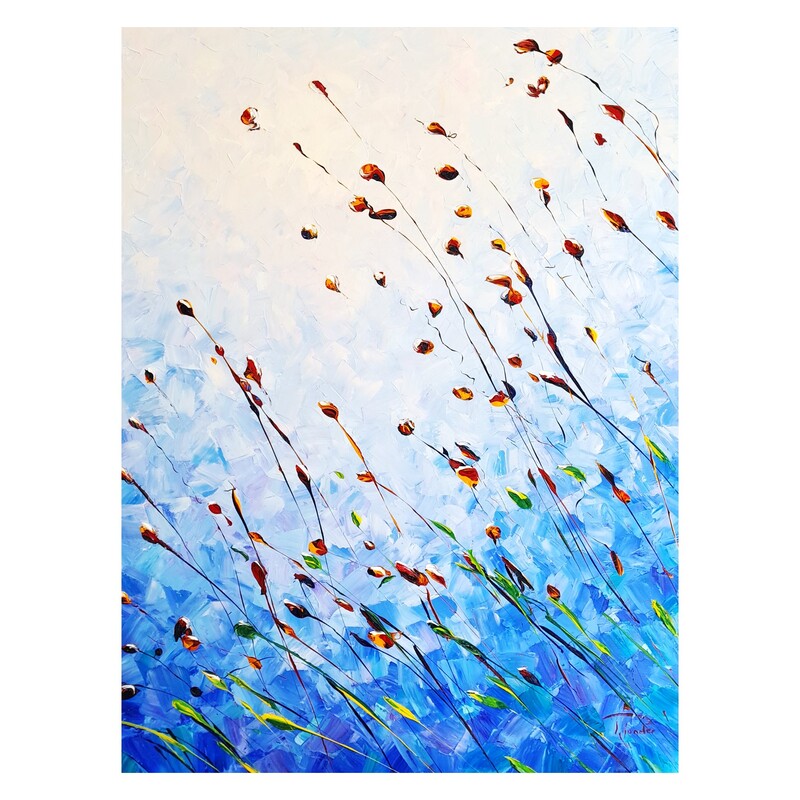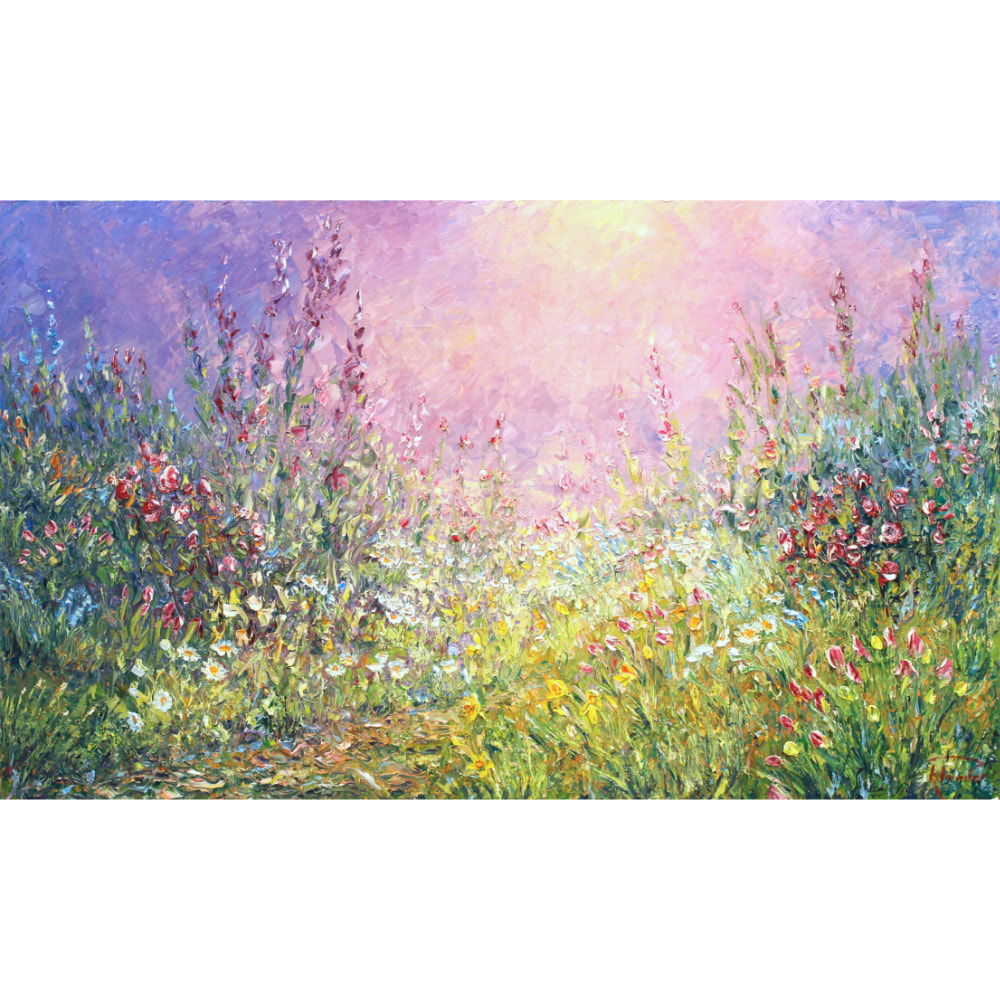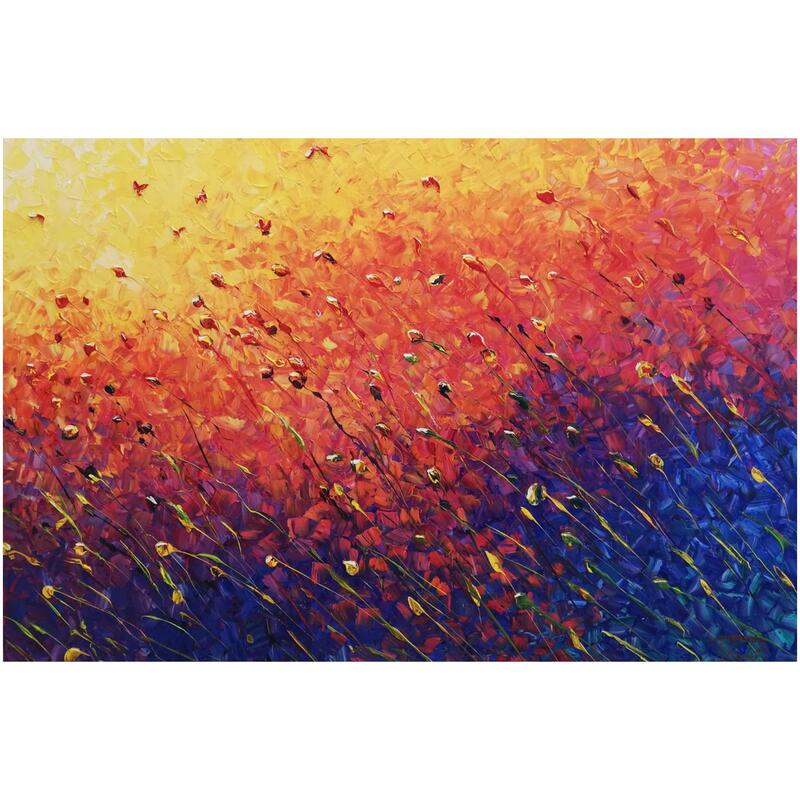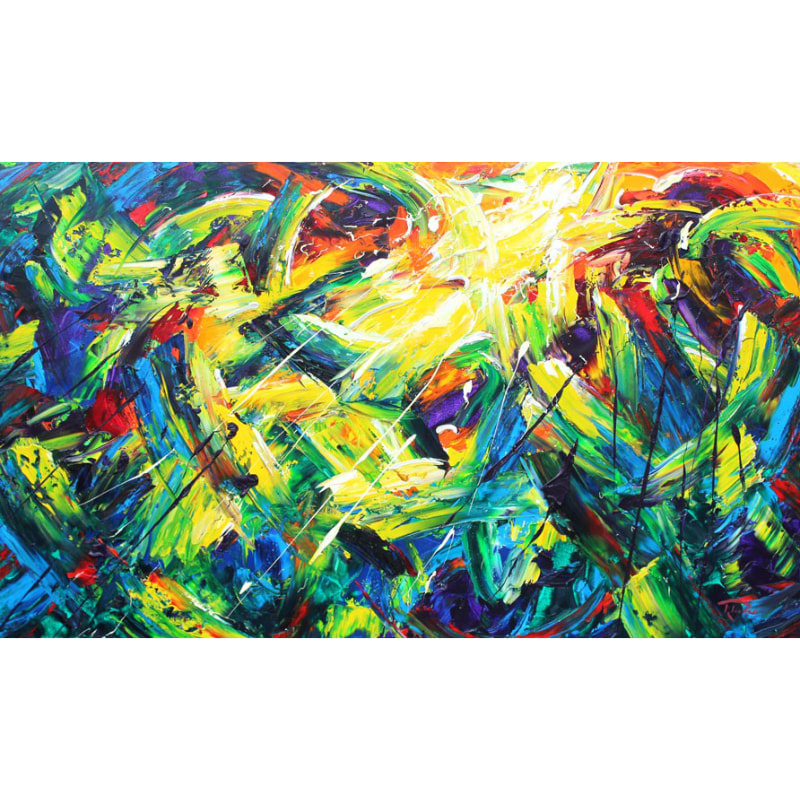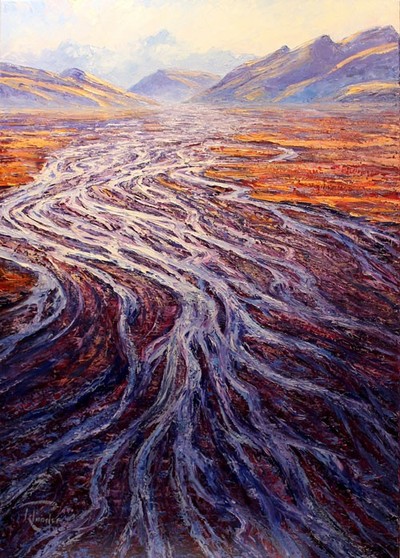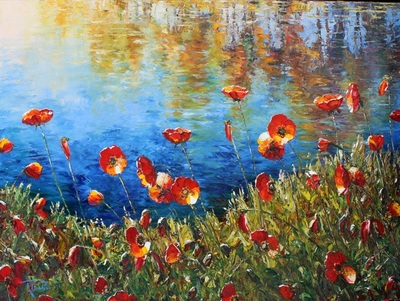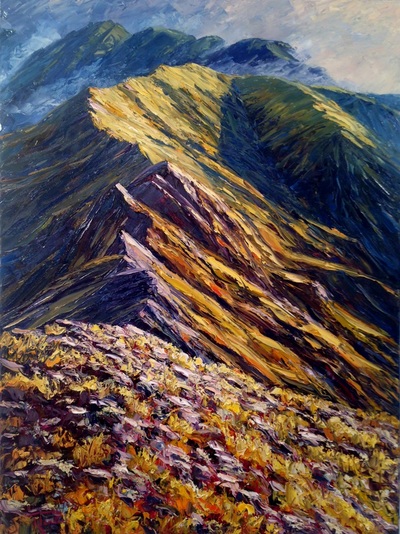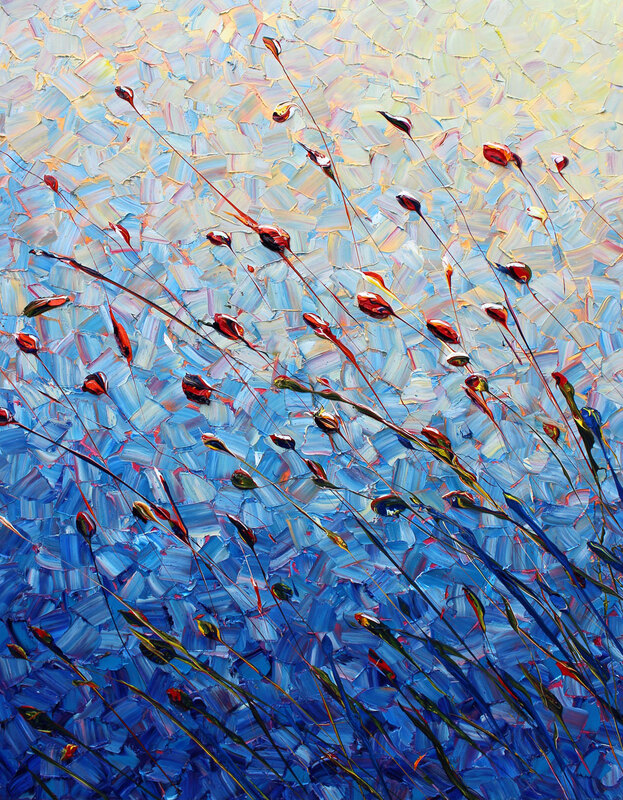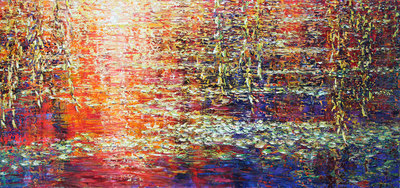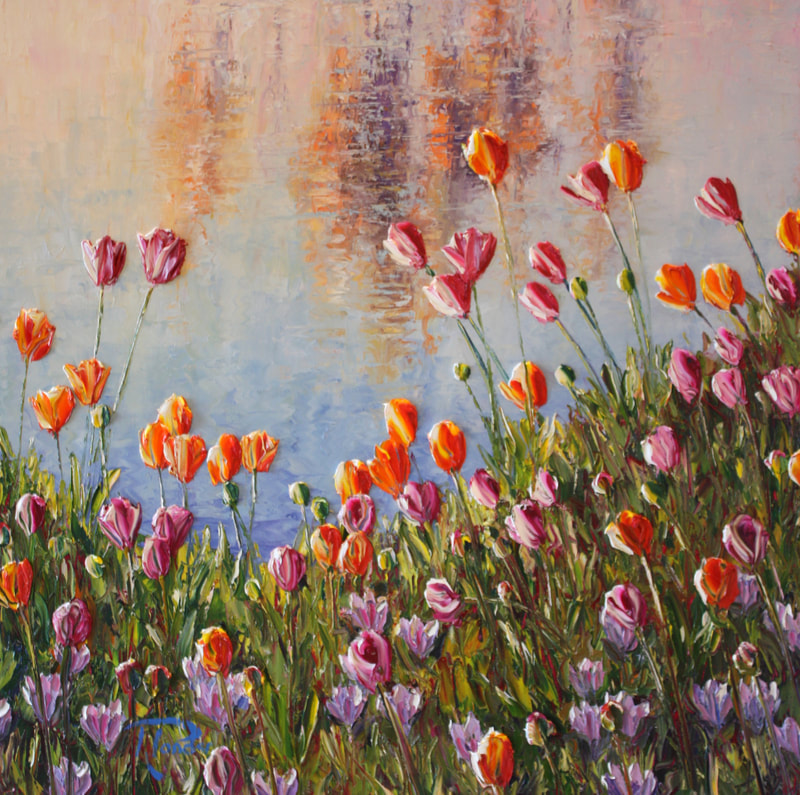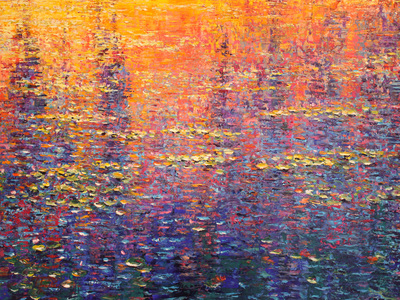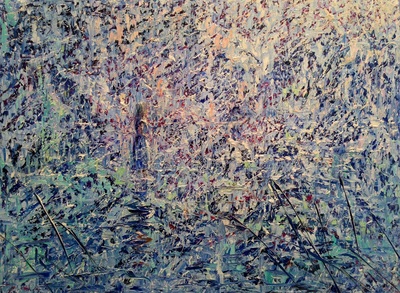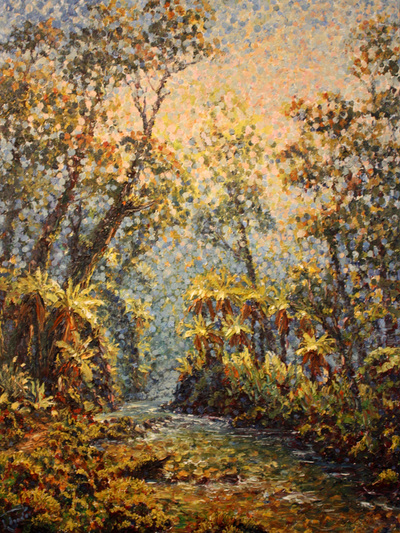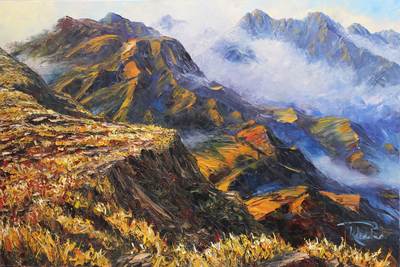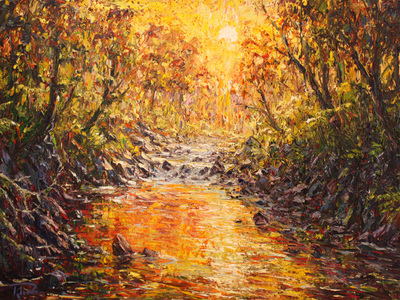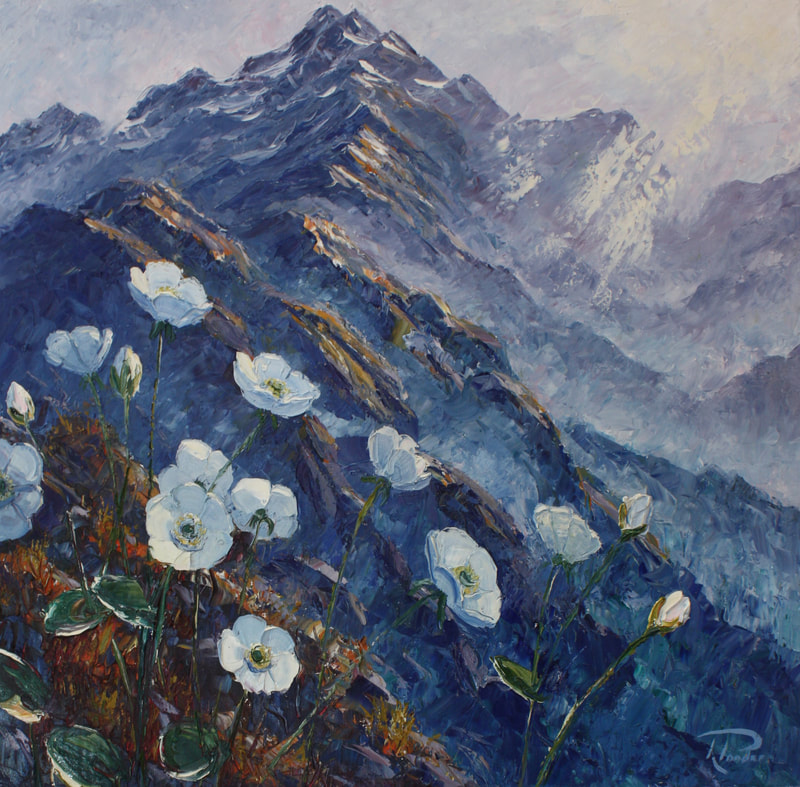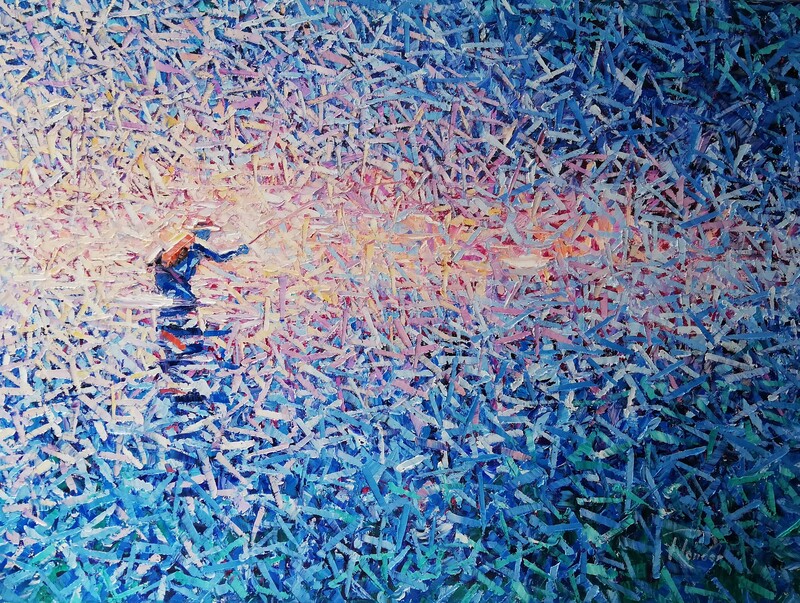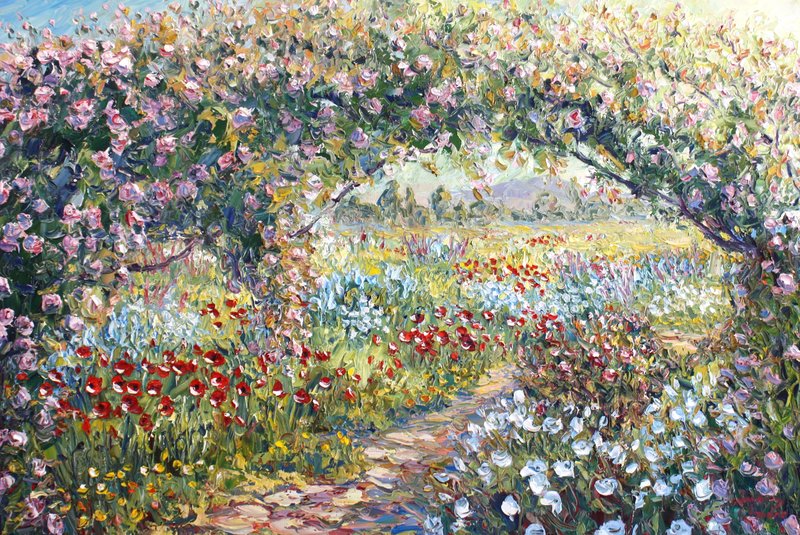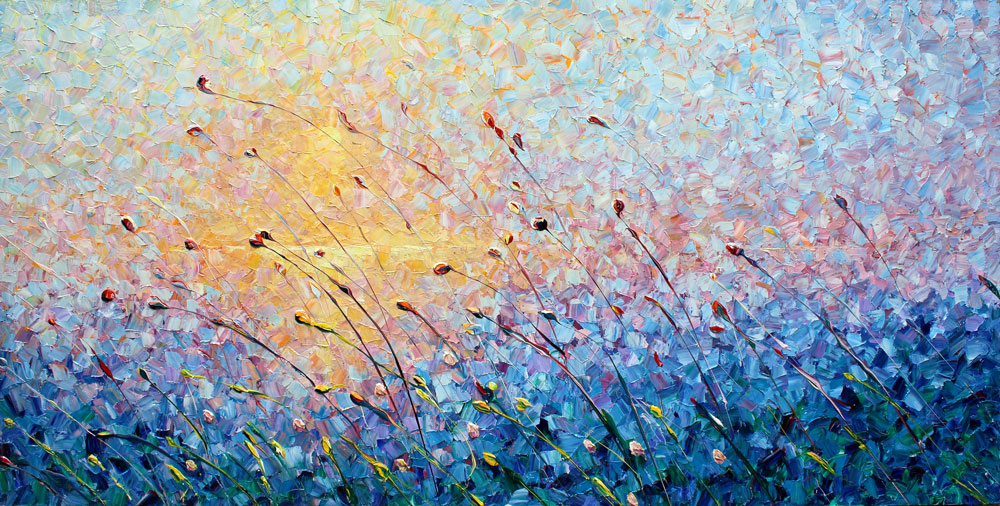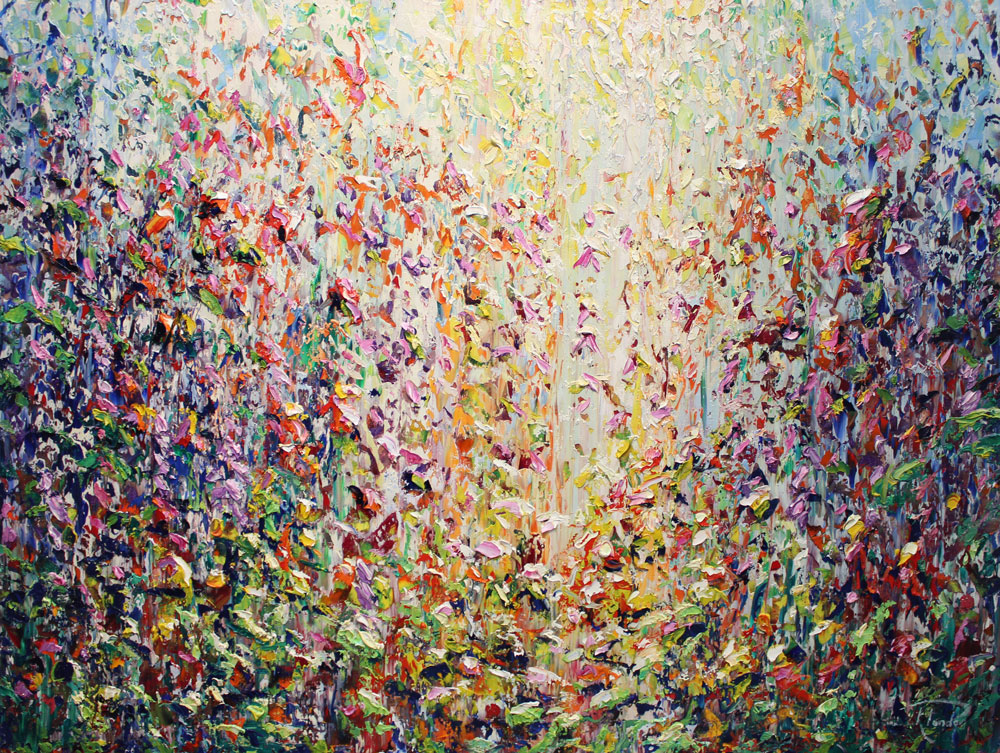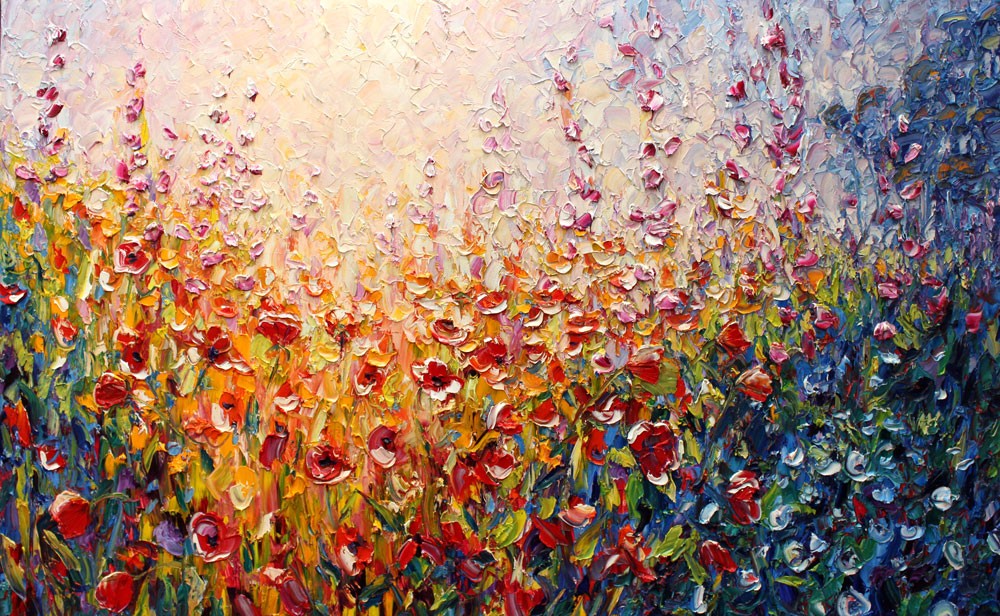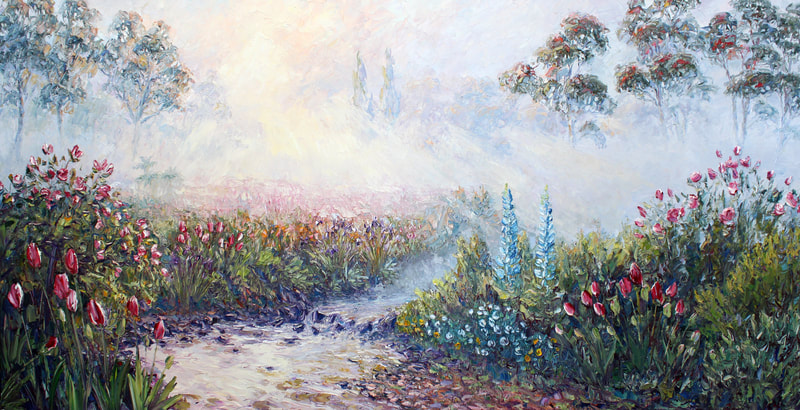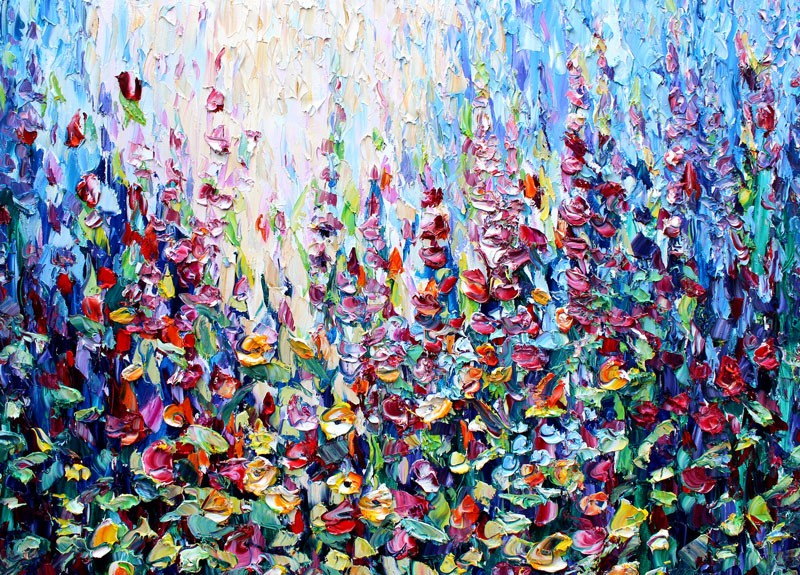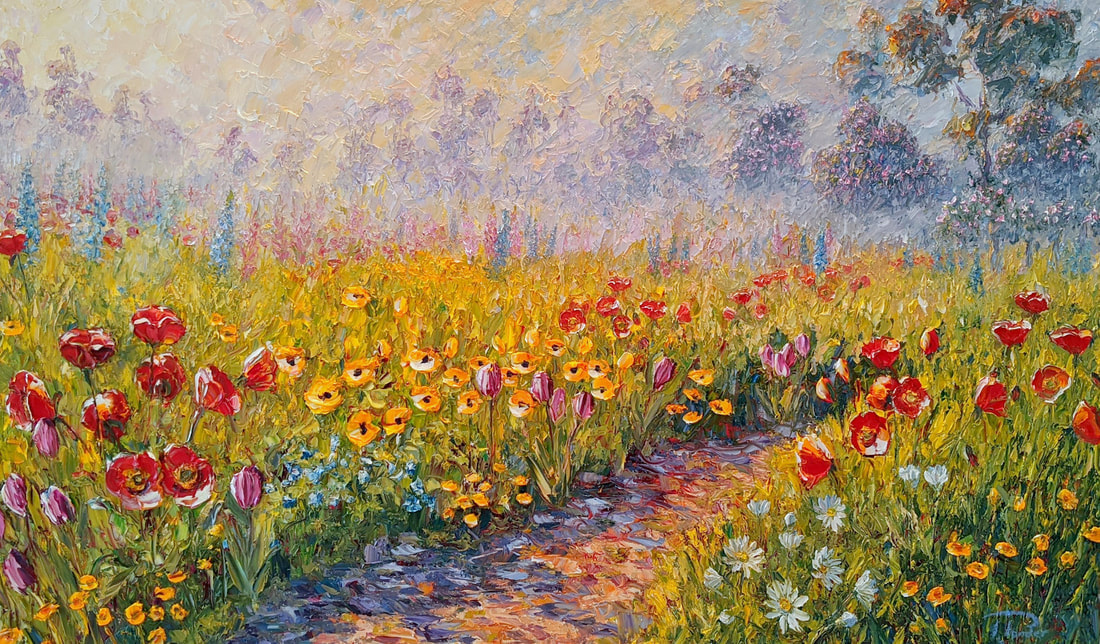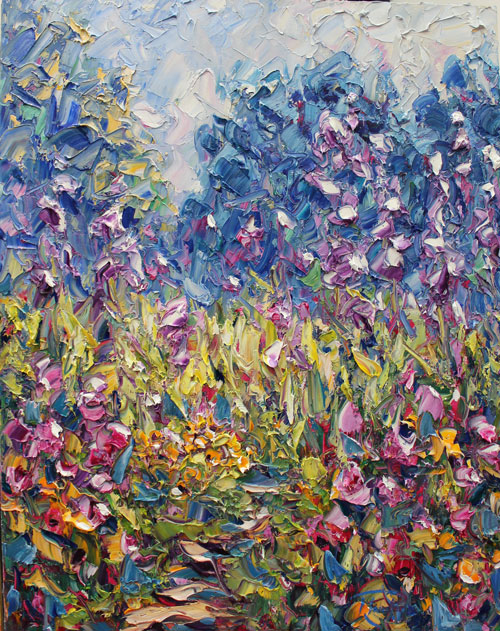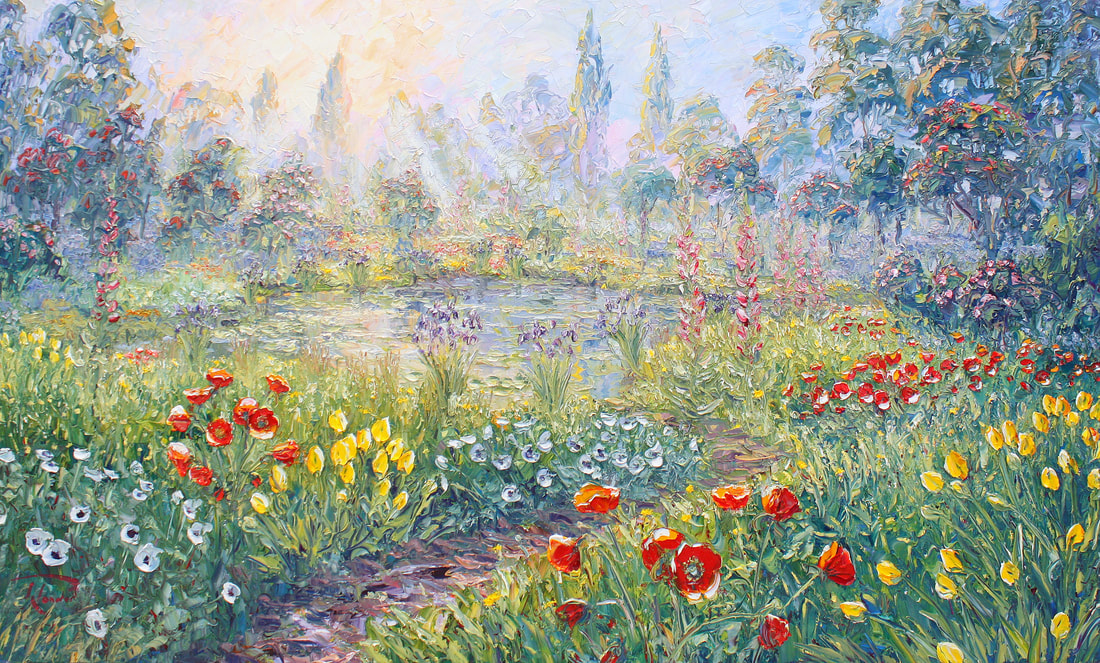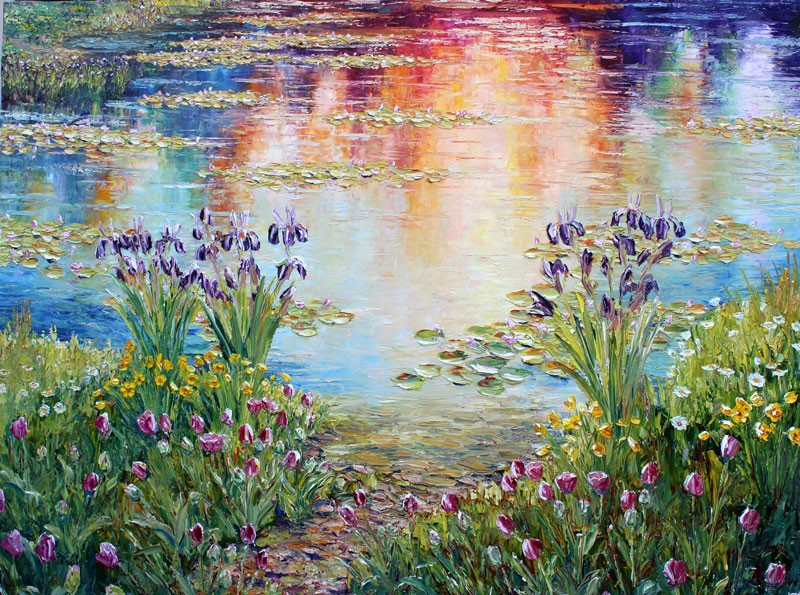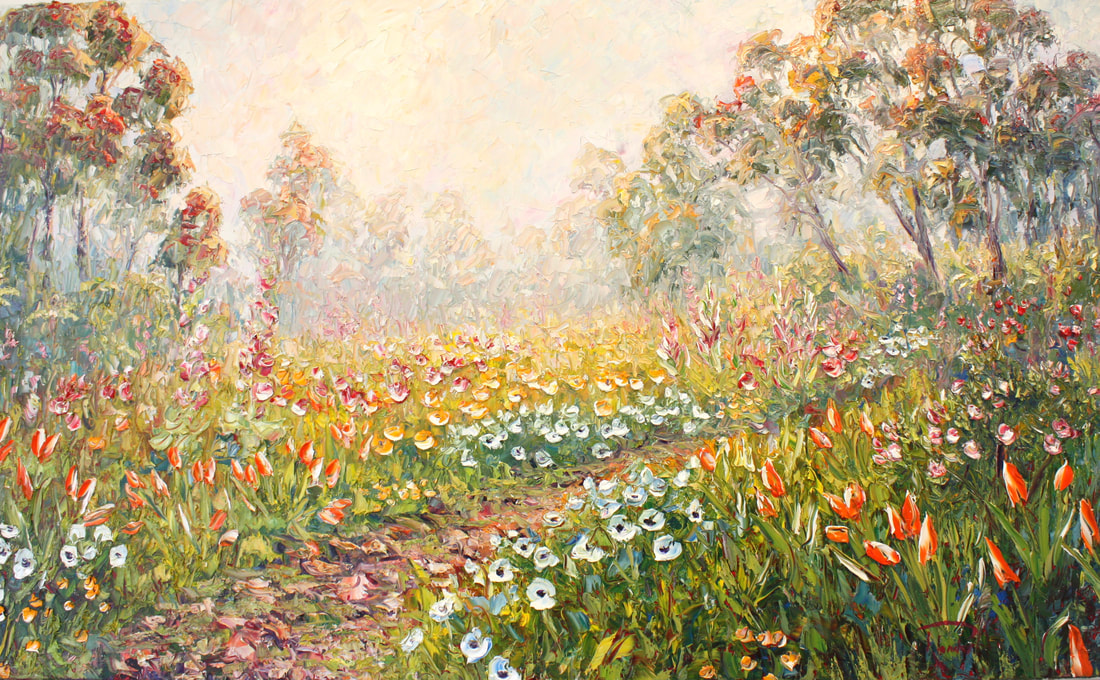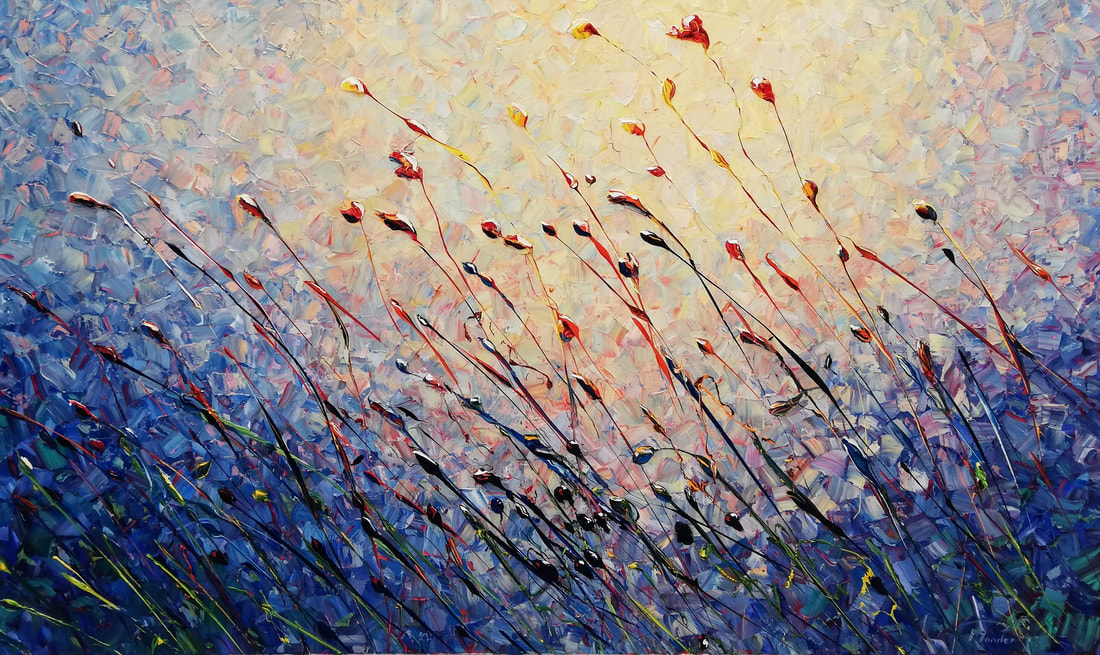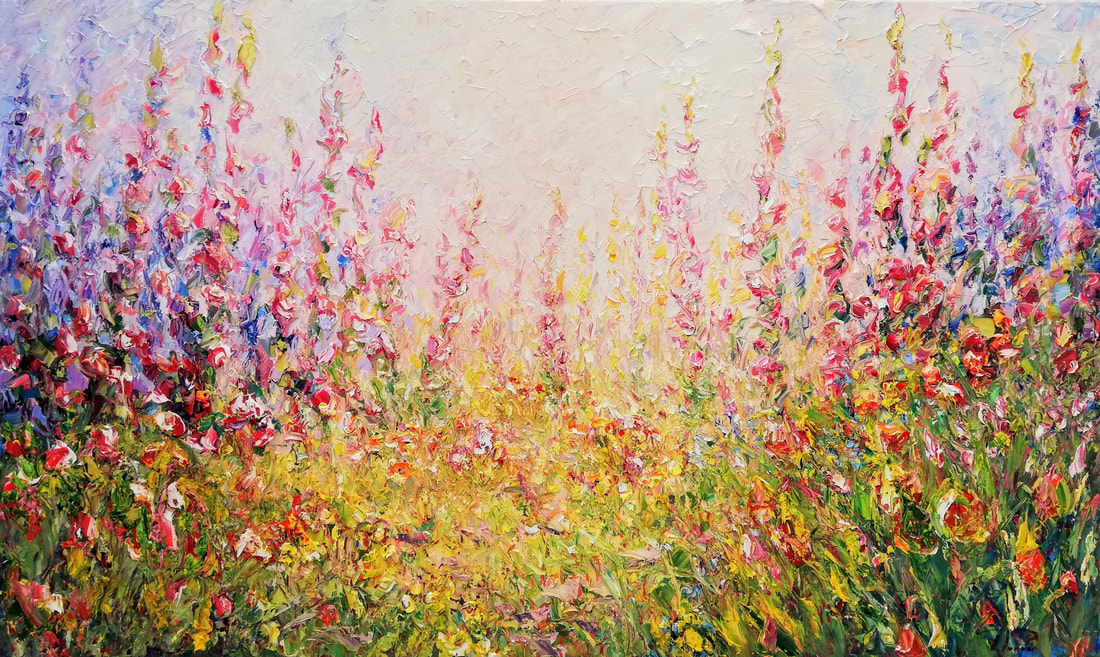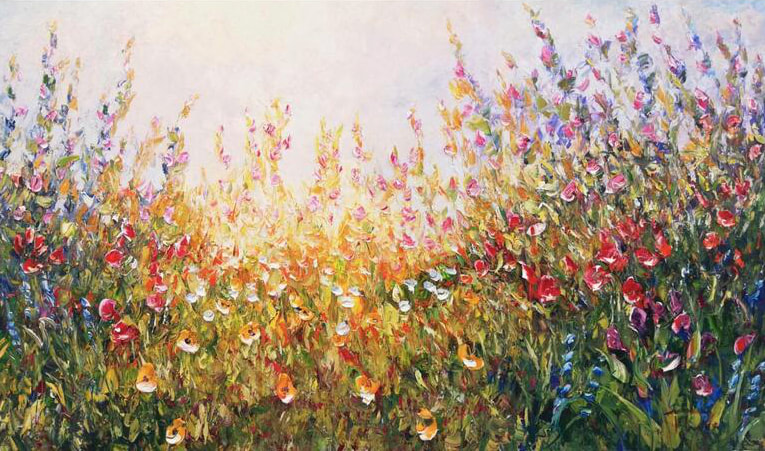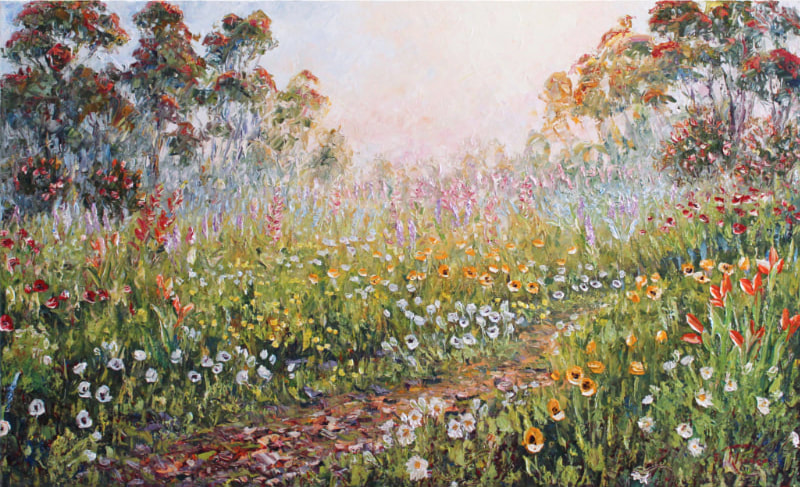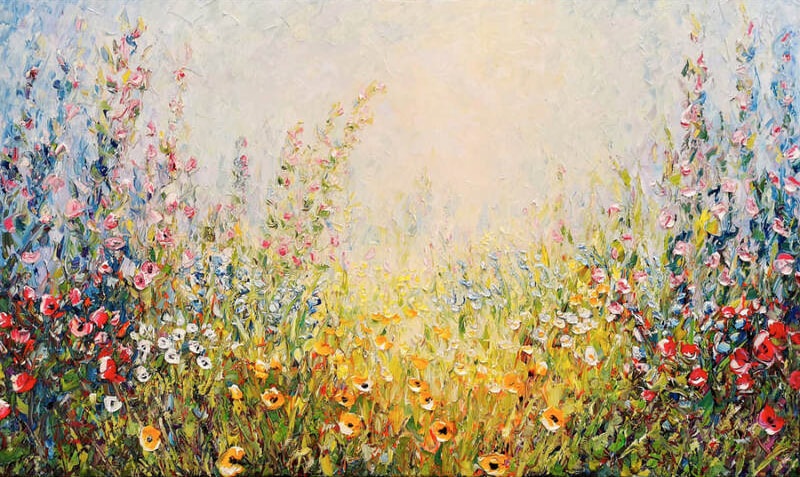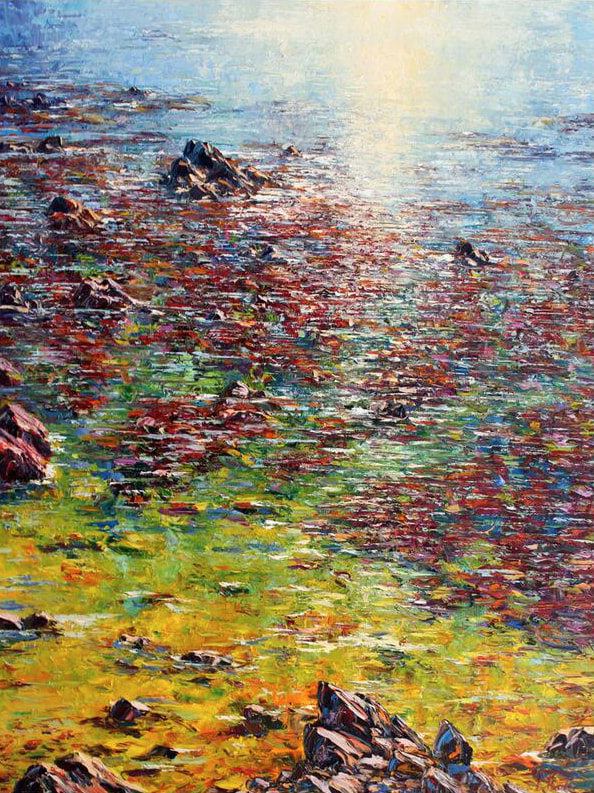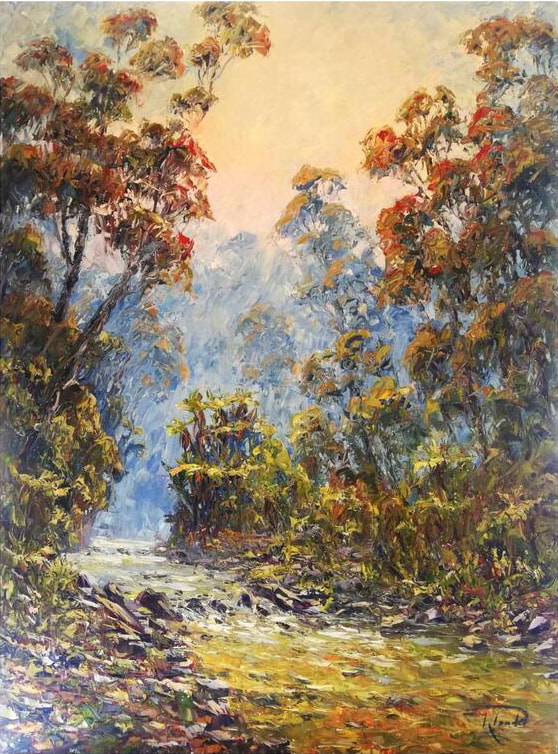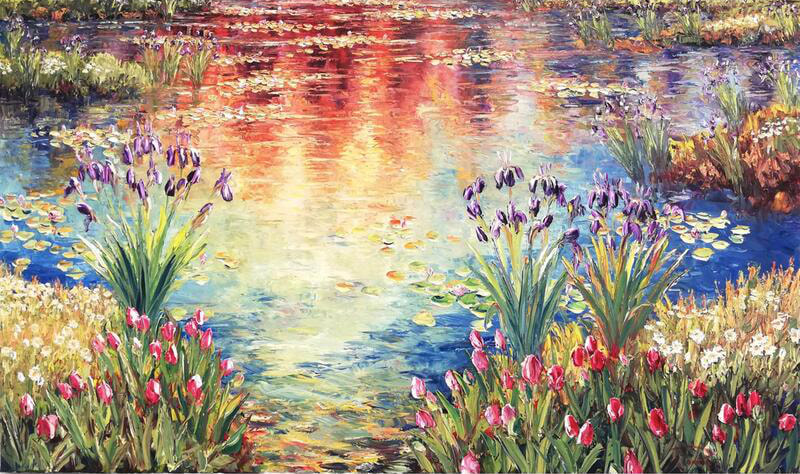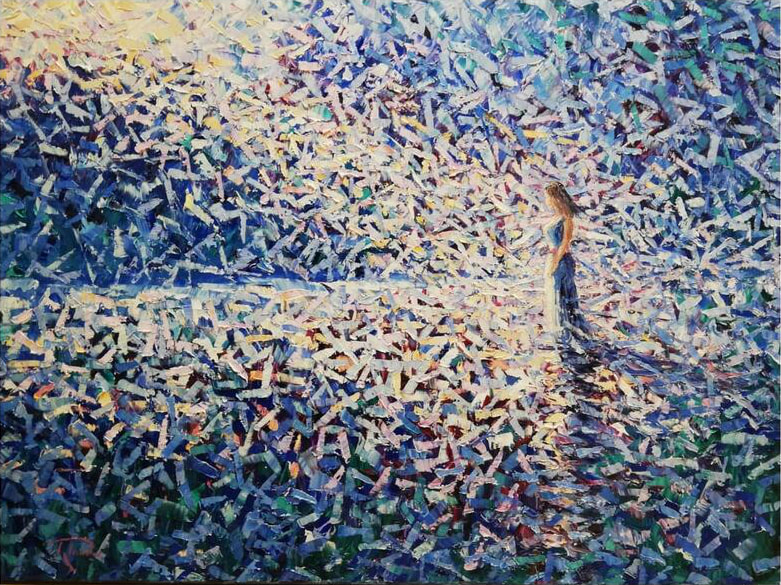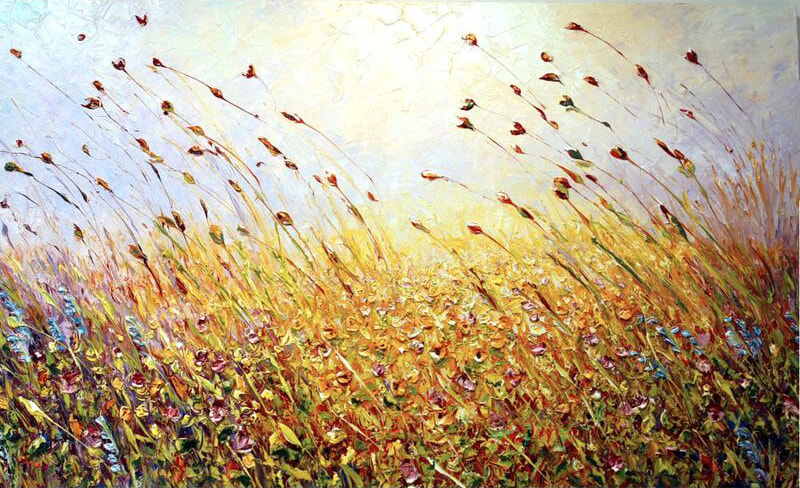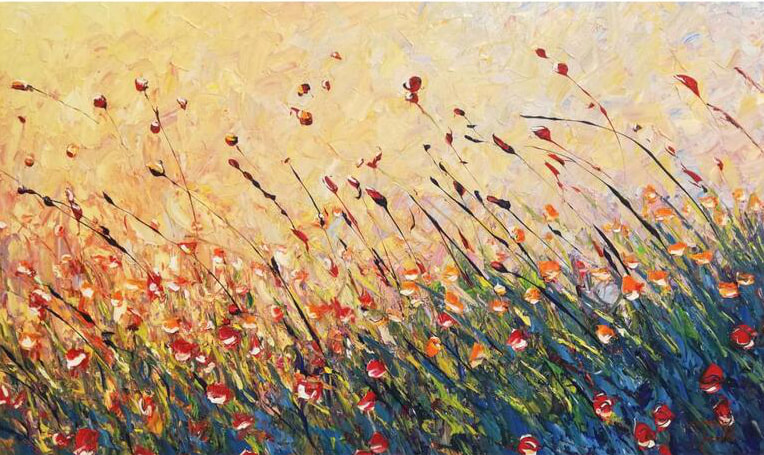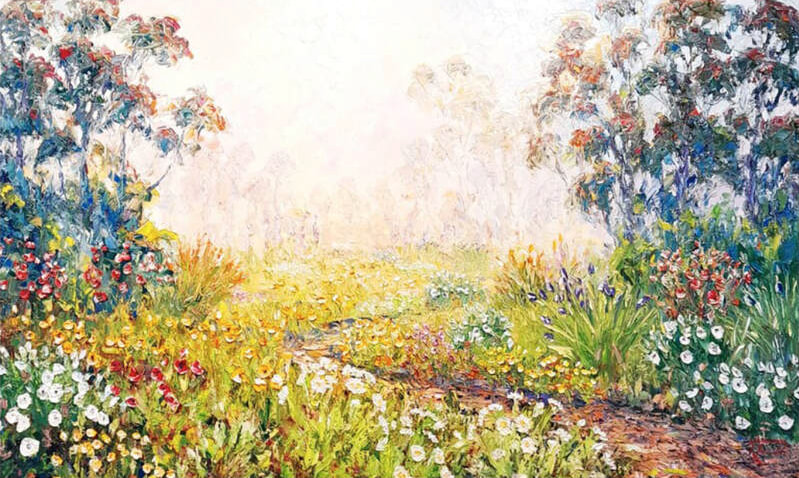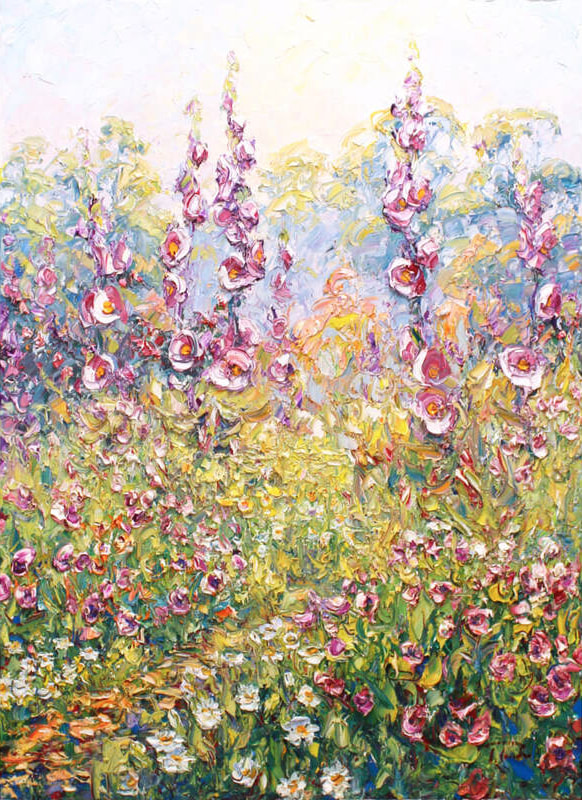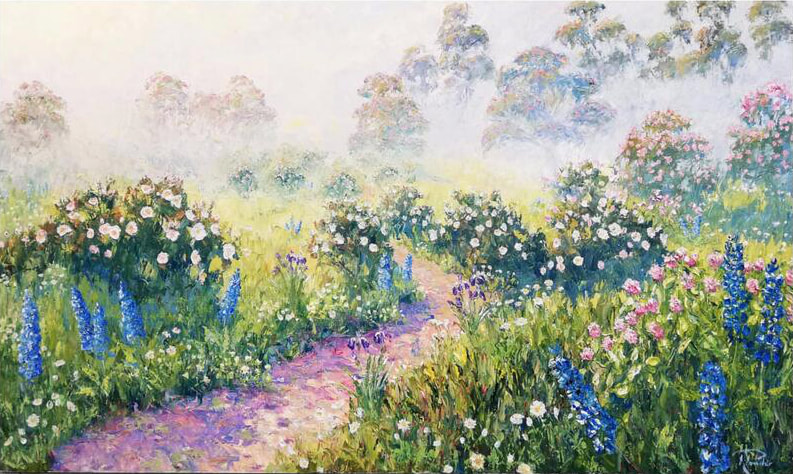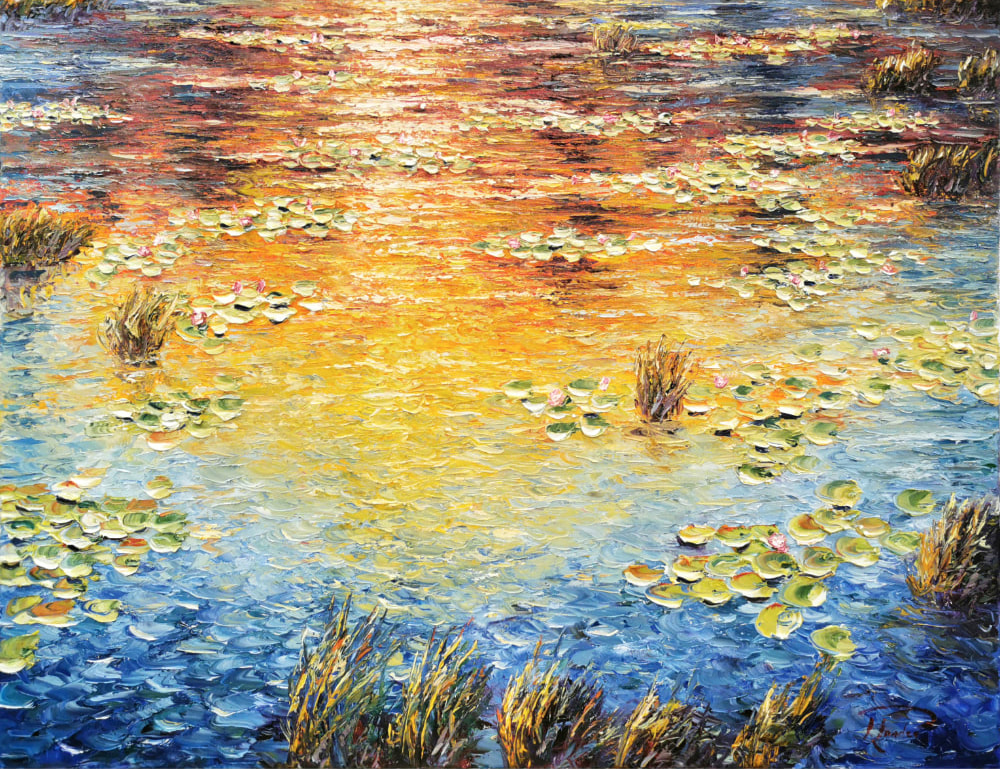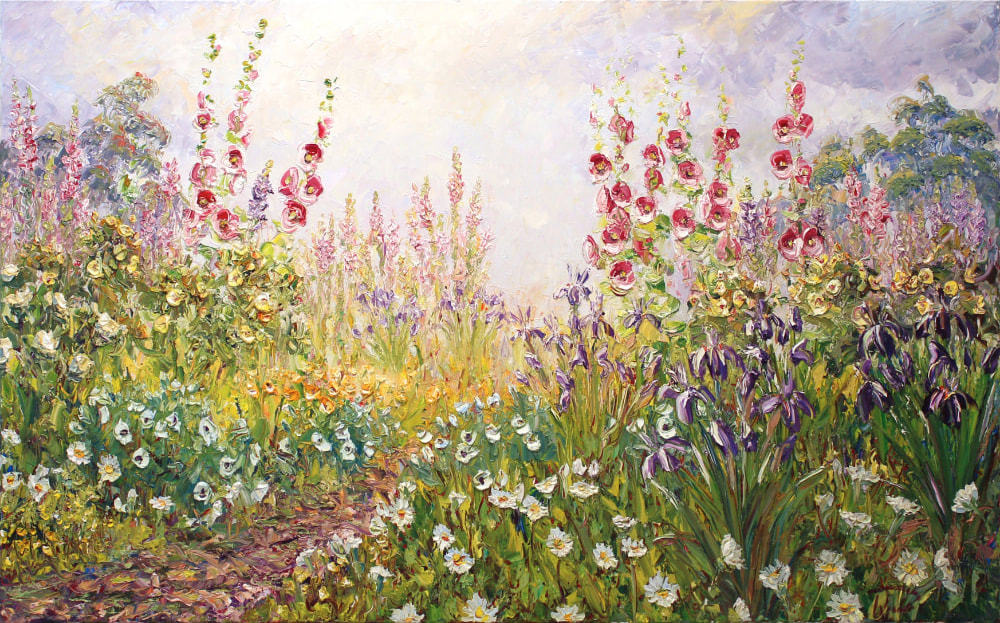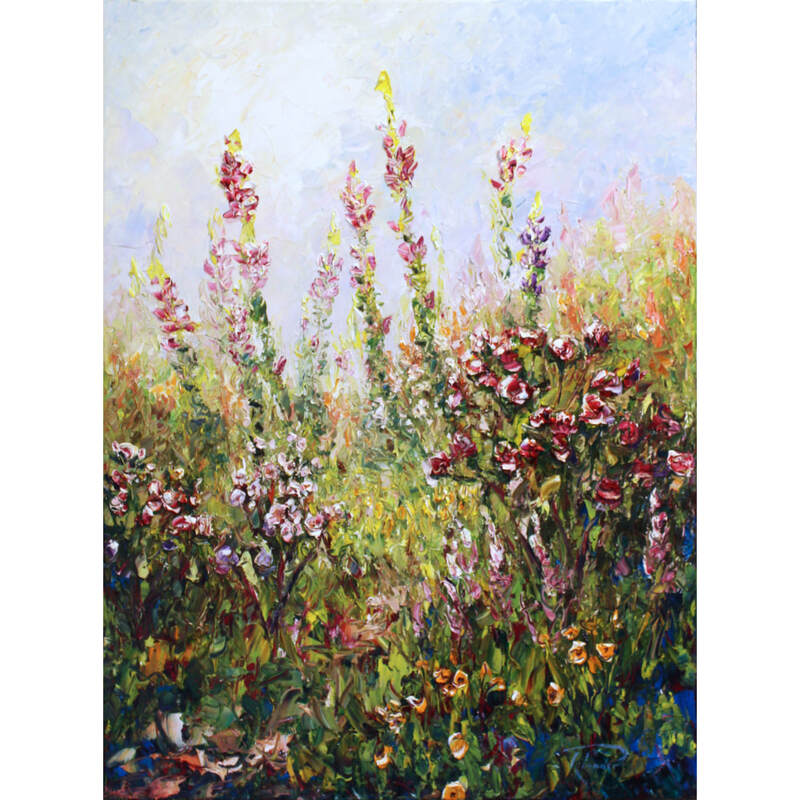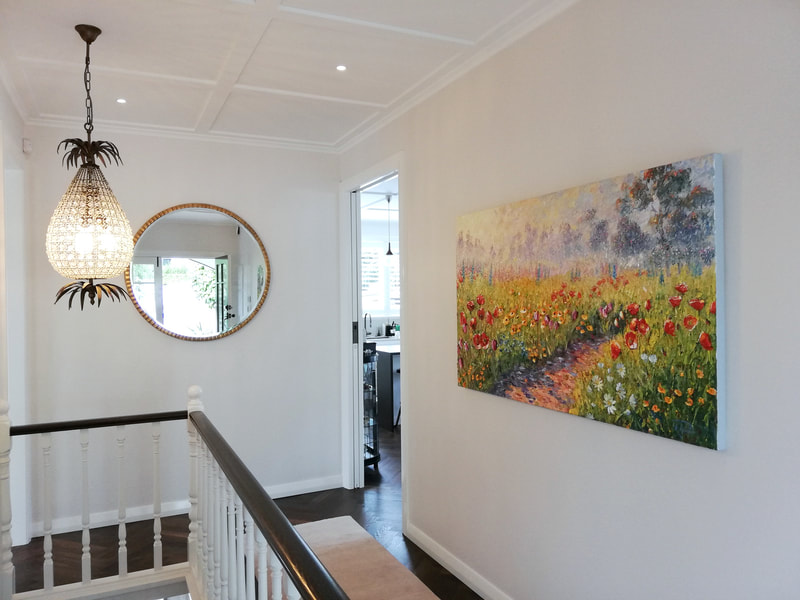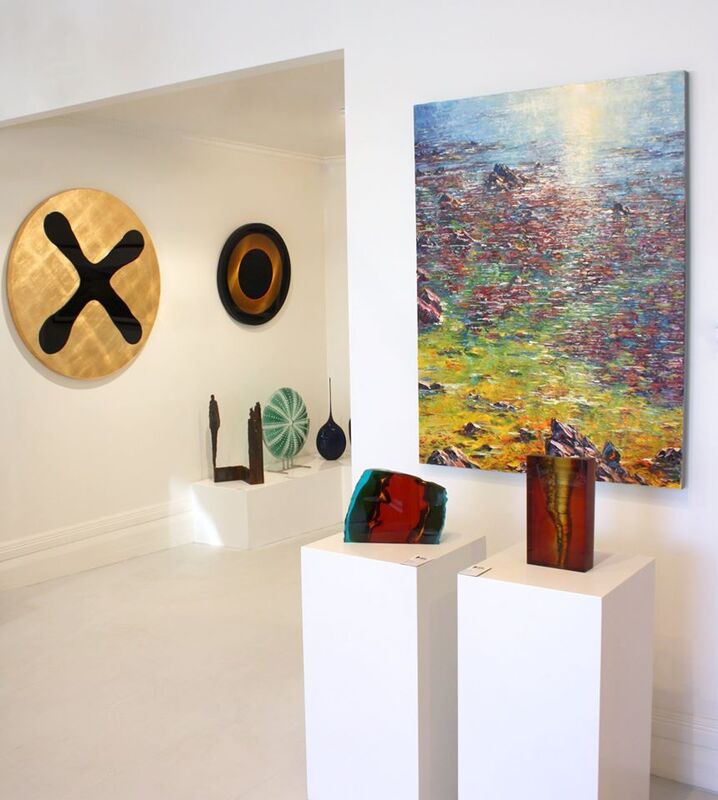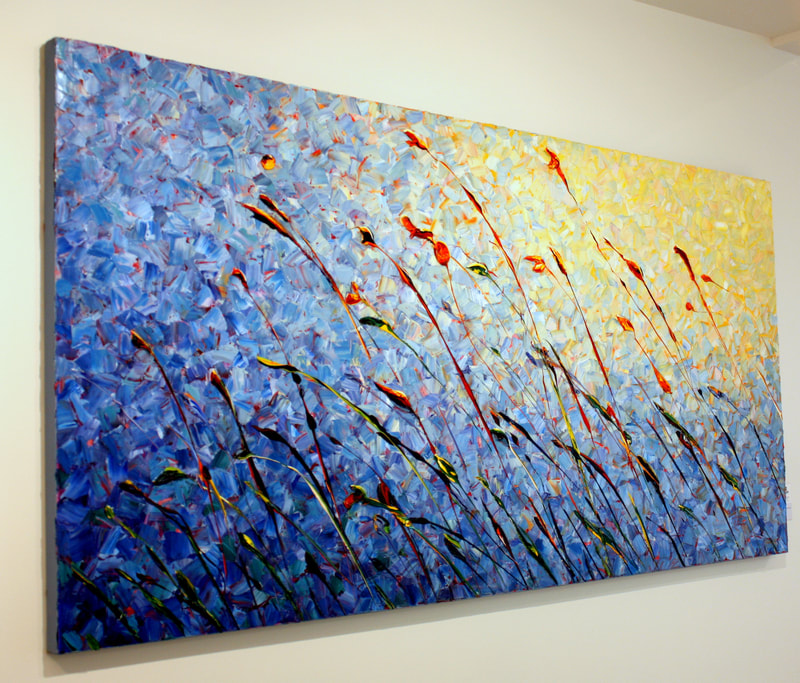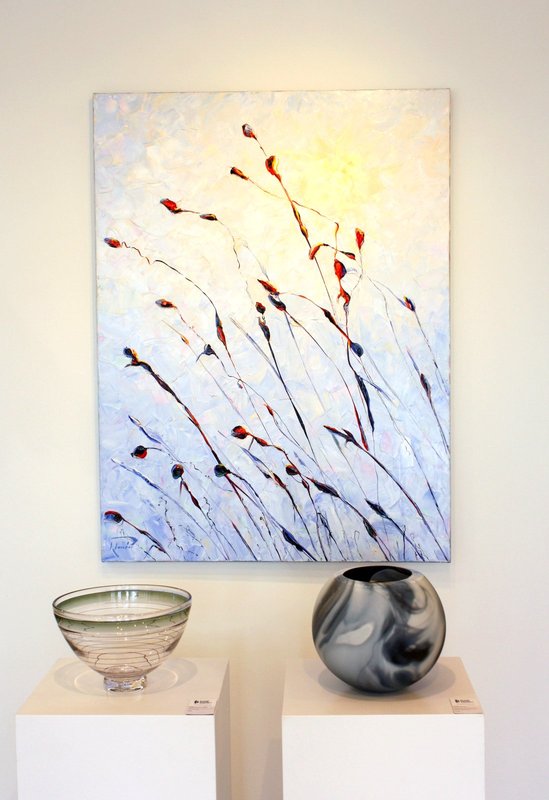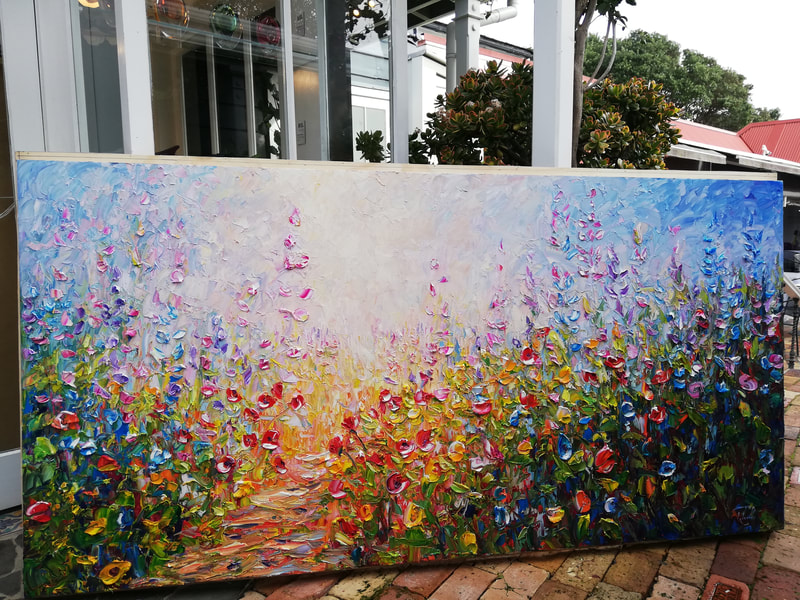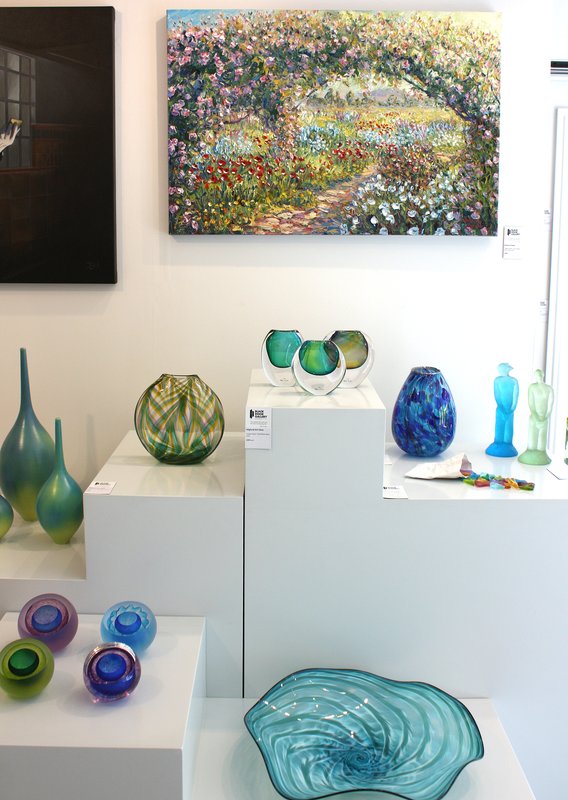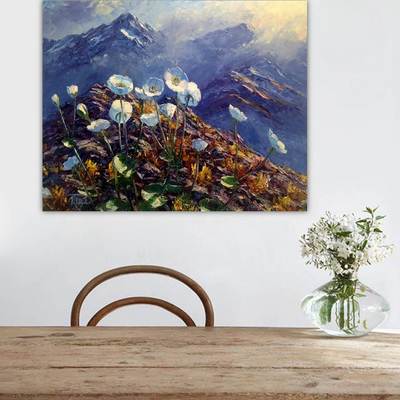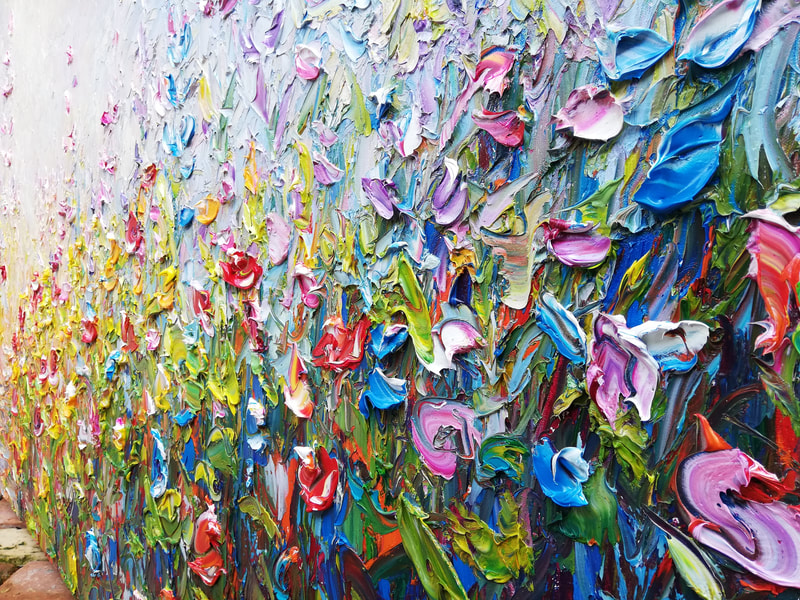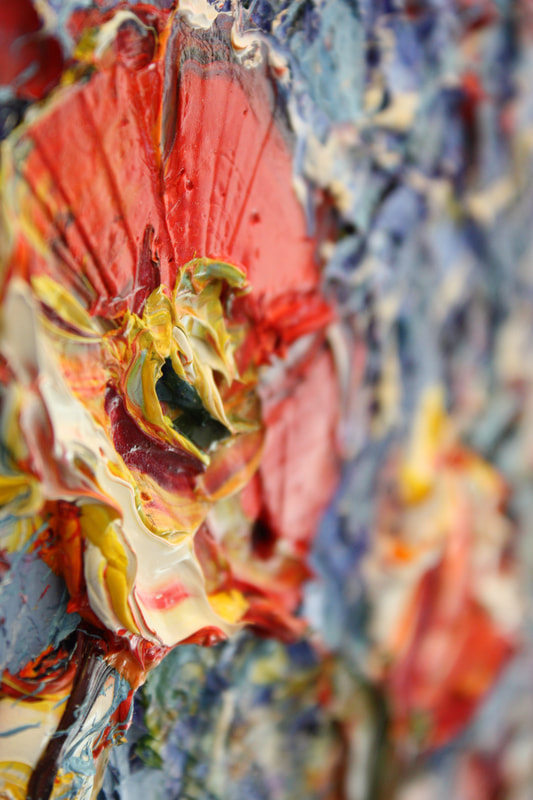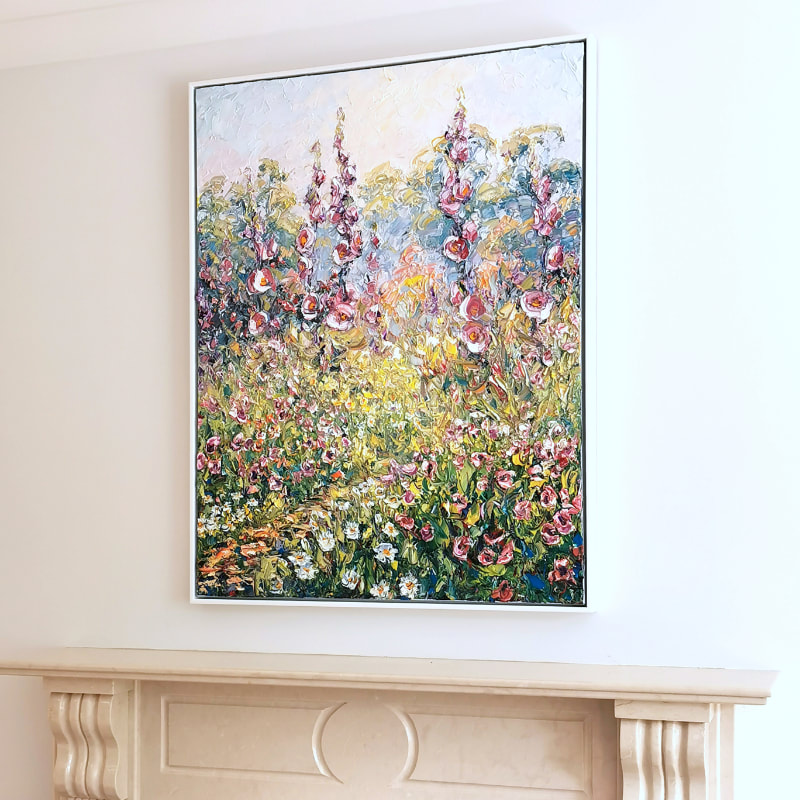Richard Ponder
|
Richard Ponder has been painting professionally since the 1970's. Ponder’s paintings can be identified by their impressionist depiction of landscapes, cityscapes and flora. Ponder works freely with knife gestures, bold strokes and paint pigment squeezed straight from the tube in an effort to capture the effects of light.
Since the 1990's Ponder’s paintings have pushed the impressionistic technique to its limit, fusing with expressionistic approaches, most epitomized by his cityscape at night series. Ponder is influenced by Van Gogh, Monet, Pollock, Affandi and Sumadiyasa. Interestingly, Ponder’s artistic discipline began not at art school but as a geology student when he embarked on a PHD which involved the meticulous rendering of hundreds of foraminiferal fossils. His treatment of light and shade was too creative for scientific purposes, which unfortunately meant he had to re-do the majority of the academic assignment. However, in this process he found a passion for drawing and painting that would become a life-long career. Landscapes and nature are recurring subjects in Ponder’s portfolio, stemming from a love of roaming the New Zealand back country. He is especially interested in the composition of landscapes and the interaction between colours during different times of the day. Ponder’s mastery of rich, tactile and sculptural surfaces leads to strong luminous pieces that work on both an abstract impasto level as well as for their imagery. He aims to capture the feeling of a scene, capturing an inner vision. As the artist describes “I create works executed with bold stokes, oozing with mood and feeling…I never intend for a painting to be a view from one exact spot, but a composite picture…my imaginative view”. Ponder’s work has broad collector appeal. His work is exhibited predominantly in Wellington and Auckland and can be found in public and private collections both locally and internationally. |
Richard Ponder creates rich and textural oil paintings that freely play with light and colour, using his distinctive knife painting technique. |


